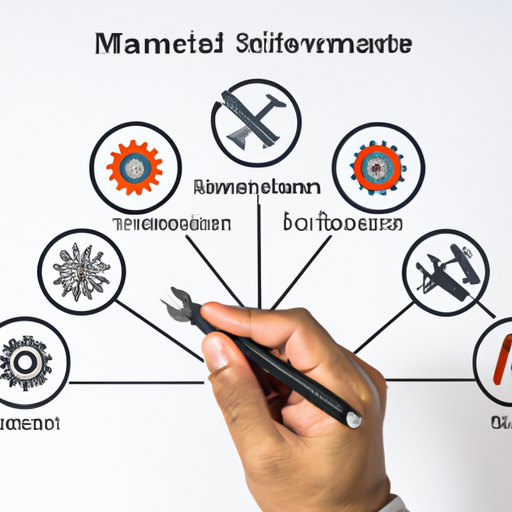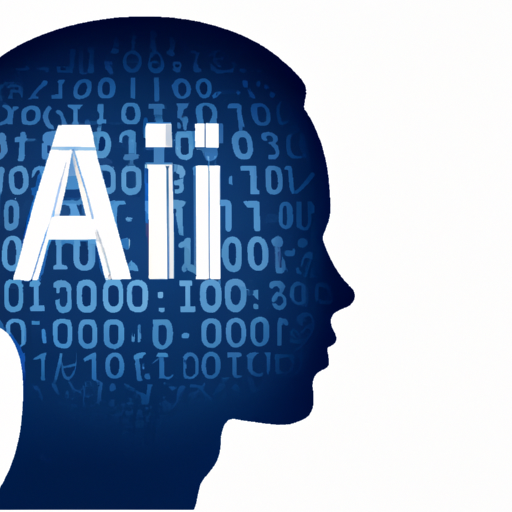In an era where operational efficiency is paramount, predictive maintenance has emerged as a revolutionary approach for industries across the globe. This innovative strategy leverages the power of IoT (Internet of Things) and machine learning to anticipate equipment failures before they occur, resulting in significant cost savings and enhanced productivity.
Understanding Predictive Maintenance
Predictive maintenance involves monitoring the condition of equipment and predicting when maintenance should be performed. Utilizing advanced predictive analytics, businesses can transition from traditional reactive maintenance strategies to a more proactive approach, which not only reduces unexpected breakdowns but also prolongs the lifespan of machinery.
The Benefits of Predictive Maintenance
- Cost Efficiency: By addressing issues before they escalate into costly repairs, companies can significantly lower their maintenance expenses.
- Enhanced Equipment Reliability: Regular monitoring leads to improved machinery performance and reduced downtime.
- Data-Driven Insights: Collecting and analyzing equipment data allows businesses to make informed decisions that enhance operational efficiency.
The Role of IoT and Machine Learning
The integration of IoT devices has transformed how predictive maintenance is executed. Sensors embedded in machinery continuously gather data, providing real-time insights into performance and usage patterns. Meanwhile, machine learning algorithms analyze this data to identify trends and predict failures, ensuring maintenance is scheduled precisely when needed.
Industry Applications
From manufacturing to transportation, predictive maintenance is being adopted across various industries. For instance:
- In manufacturing, factories use predictive maintenance to keep production lines running smoothly, minimizing unexpected halts.
- Aviation companies employ these strategies to monitor aircraft components, ensuring safety and compliance while optimizing maintenance schedules.
- The energy sector utilizes predictive maintenance to manage the health of essential infrastructure like wind turbines and power plants.
Conclusion
The shift towards predictive maintenance is not just a trend; it’s a necessary evolution in the way industries operate. By adopting this forward-thinking approach, organizations can enhance their operational efficiency, reduce costs, and achieve sustainable growth. As technology evolves, the possibilities for predictive maintenance will only continue to expand, making it a fundamental component of modern industry.
Are you ready to embrace predictive maintenance in your industry? Start your journey towards operational excellence today!













